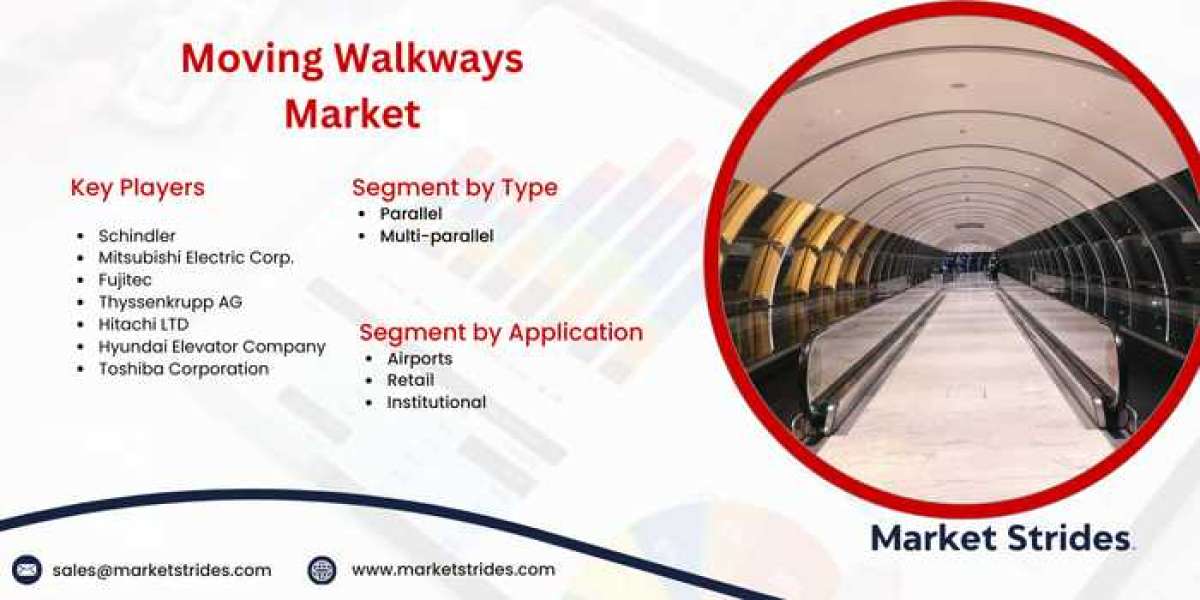While many website design trends prove fleeting and ephemeral in appeal over time, certain key emerging capabilities clearly point to having a lasting impact as they become standard practice in the coming years.
While many website design trends prove fleeting and ephemeral in appeal over time, certain key emerging capabilities clearly point to having a lasting impact as they become standard practice in the coming years. As these promising website design trends continue to mature in adoption and sophistication, forward-thinking web designers should actively track and evaluate them to determine ideal ways to incorporate the trends into client projects meaningfully when appropriate.
Responsive Web Design as the Norm
With mobile internet usage thoroughly outpacing desktop in recent years, ensuring websites provide seamless responsiveness and adaptability across all devices is now essential rather than nice-to-have. Contemporary web designers no longer create separate mobile sites, but inherently flexible and adaptable websites using fluid grids, flexible images, relative units and responsive frameworks as standard practice for the foreseeable future across projects.
Animation and Interactions for Engagement
The thoughtful addition of subtle yet meaningful animation flourishes like micro-interactions, scrolling animations, parallax effects and smoothly animated SVGs can add welcome dynamism, visual continuity and intuitive cues when applied judiciously. As browser capabilities and animation tools continue to progress, web designers now have finer control to incorporate engaging motion that brings life to websites without negatively impacting performance if used strategically.
Voice-Based and Conversational UI
With voice search rapidly on the rise through widespread smart assistants and screenless interactions, forward-looking web designers have opportunities to integrate innovative conversational user interfaces like chatbots and virtual assistants that use natural language dialogue to make website interactions much more efficient and intuitive. Designing for seamless voice-first experiences is a growing consideration for the future.
Augmented and Virtual Reality Exploration
While still maturing as technologies, augmented reality and virtual reality introduce immersive opportunities to engage visitors beyond screens. Innovative web designers can implement web-based AR experiences for marketing, sales or product previews and make use of VR for specialized business training programs, virtual events and other inventive applications. Blurring real and virtual worlds expands engagement possibilities.
Responsible AI Integration and Automation
Artificial intelligence like machine learning and neural networks actively power personalization, predictive behaviors, and real-time recommendations on many websites. Web designers have growing opportunities to incorporate AI capabilities responsibly where they augment human creativity rather than replace it. AI enhancement supports a
Singapore web designer rather than substitutes.
Inclusive and Accessible Design as Default
With growing legal accessibility regulations around the world, proactively accounting for inclusive design upfront rather than later is becoming essential. Conscientious web designers make adaptable experiences that cater to diverse physical and cognitive abilities the mandatory norm rather than afterthought through strict adherence to standards like WCAG 2.1 and ADA.
Progressive Web Apps For App-Like Experiences
Progressive web apps act essentially like installable mobile apps while accessed through mobile browsers for frictionless convenience. Skilled web designers can build PWAs using service workers, Web App Manifests, and local caching to deliver immersive, app-like experiences with a relatively light footprint. Blurring traditional distinctions between websites and apps is an emerging opportunity.
Seamless and Intuitive User Journeys
Understanding target customer motivations and pain points enables web designers to craft website journeys guiding users to complete key actions in an intuitive sequence. Mapping ideal user flows to minimize friction and repetition shows value quickly. Designing for streamlined experiences consistently increases conversions and engagement.
Site Performance Optimization as a Priority
With lessening collective attention spans, fast-loading web pages have become critical to retaining visitor engagement in the precious seconds before abandonment. Web designers actively boost website speed and responsiveness by compressing visual assets, optimizing code delivery, simplifying page elements to render efficiently, and upgrading hosting infrastructure. Striving for blazing-fast experiences minimizes bounce rates.
Unlike fleeting fads, many of these firmly grounded website design trends point to a lasting impact on practices and standards as they become ingrained over future years rather than fade as passing phases. Keeping a set of futuro-focused web design trends firmly on the radar now allows web designers to actively track, evaluate, and eventually incorporate the most promising capabilities purposefully at the ideal stages.
 Canadian pharmaceuticals online shipping
By Kelly Miller
Canadian pharmaceuticals online shipping
By Kelly MillerNghệ Thuật Tưới Nước Cho Mai Vàng: Bí Quyết Dưỡng Cây Để Tạo Nên Vườn Mai Bền Vững
By hennesy Желаете купить по отличной цене аттестат, либо диплом?
By sonnick84
Желаете купить по отличной цене аттестат, либо диплом?
By sonnick84 The Thrill of the Aviator Game: A Sky-High Adventure
By anammdd
The Thrill of the Aviator Game: A Sky-High Adventure
By anammdd Exploring the Vibrant Nightlife of Hong Kong
Exploring the Vibrant Nightlife of Hong Kong



